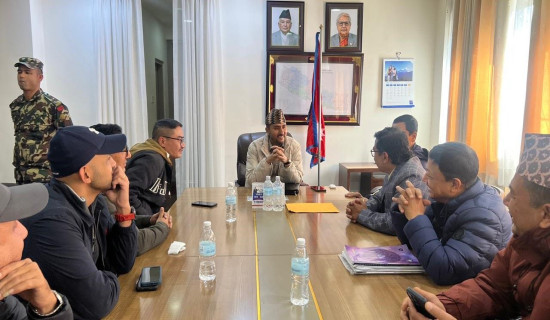- Sunday, 30 November 2025
Country witnesses 614 new cases, 569 deaths from HIV in a year
By Mahima Devkota, Kathmandu, June 27: HIV/ AIDS is still a concerted epidemic in Nepal, and every year, 614 new people are estimated to be affected by HIV/AIDS, and an estimated 569 people die in a year from it. However, funding has been slashed in the sector, thereby impacting its mission to end HIV/AIDS by 2030.
In a program, current status of HIV/AIDS pragram in Nepal, organized here today, Director of the National Center for the AIDS and STD Control (NCASC) Dr Sarbesh Sharma, said that 614 new people are estimated to be affected with HIV/AIDS and an estimated 569 people die in a year from HIV/AIDS.
According to him, key populations, sex workers, IV drug users, people in prison and other closed settings, men having sex with men, transgender people, are susceptible to contracting HIV/AIDS. We were able to inculcate them in the treatment process, even though faced resistance from latter side because of many funding-based projects. However, it is difficult to disperse services separately, such as distributing condoms and lubricant, is not possible with low funds. Therefore, integrating into the national lineup, the 92 ART system currently prevailing across the nation, will be best effective way of realizing sustainable goals.
Saying that there are key areas such as prevention of mother to child transmission of HIV/AIDS, testing, and viral load which will be prioritized, he said, "The impact of the funding cut has not currently been observed, but it will be observed in the next 4-5 years. Currently, Nepal can impart basic services from ART systems, such as testing, viral load, and medicine distribution, key areas of HIV/AIDS control and prevention in the country.
He said, " Relying on foreign aids and programs for solving our national health issues does not provide a long-term solution; therefore, our focus is to provide service independently, and we hope the government plans and programs go accordingly."
Public Health Administrator of the NCASC, Ashmita Ojha, said that currently 34,337 people are living with HIV/AIDS, of which 58 per cent, that is 19, 821 are males and 42 per cent, 14,51,6, are females. 3.1 per cent, 1058 below 14 years are suffering from HIV/AIDS, and mother-to-child transmission stands at 227.
An HIV/AIDS patient, Jyoti Thapa of Hamro Saman Pahunch said that facilities like providing free condoms have helped in limiting new cases of HIV/AIDS. But, with waiver of funds, many issues will arise from areas falling in lower priority. So, attention needs to be paid in these niche areas as well.

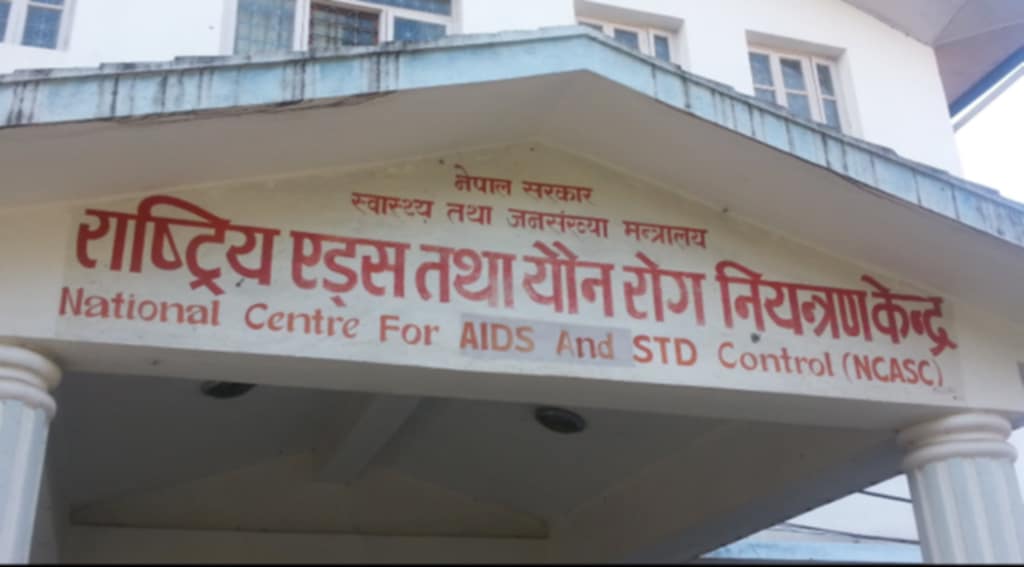
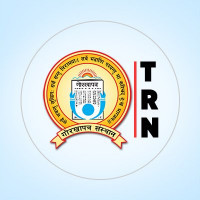



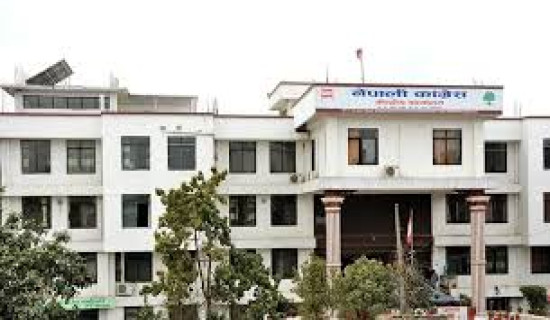
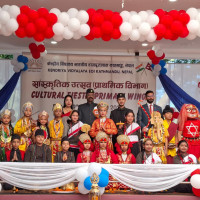

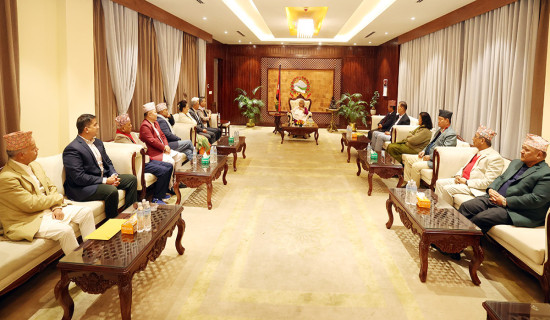
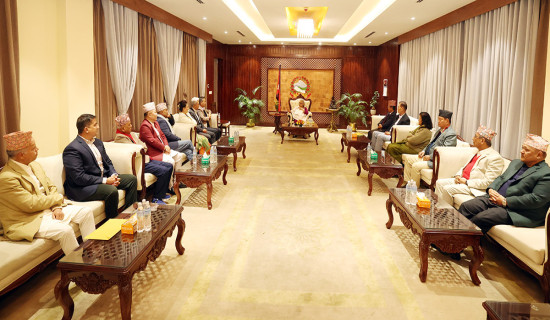
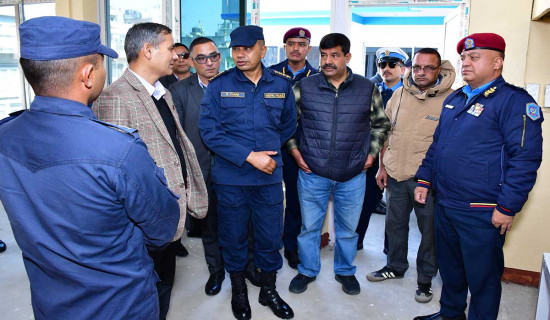
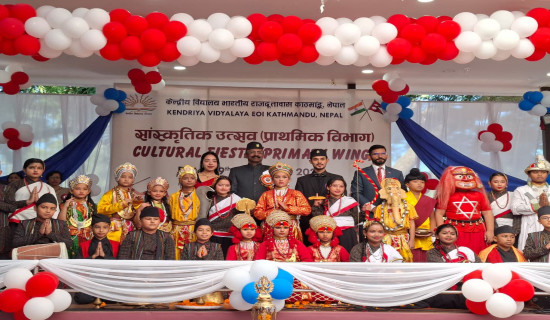
-original-thumb.jpg)

